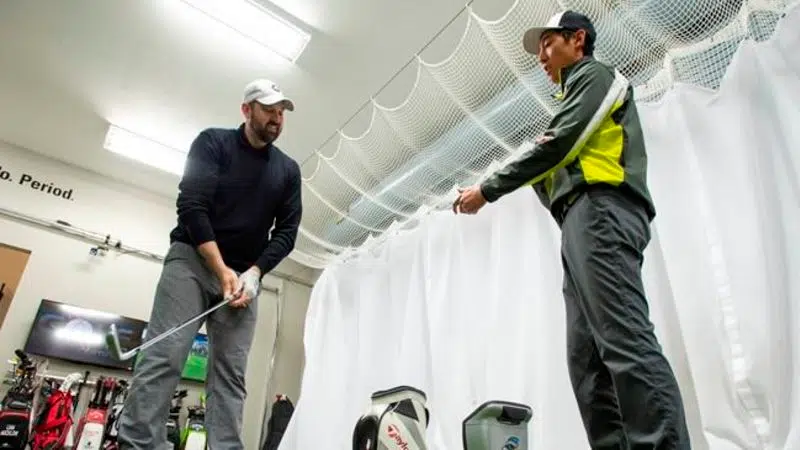
At The Turn: Practice, persistence pays off in golf’s Parkinson Project
CHATSWORTH, Ont. — Seeking solace in enormous homemade cheeseburgers, coolers of cold beer and handfuls of Advil, eight old friends were nursing their wounds from the day’s 36-hole marathon, the midway point of an annual three-day golf grudge match in southern Ontario known as the Chatsworth Cup.
Matt Parkinson was resting his aching joints on the couch when a rival sidled up, presumably to throw some sand-wedge shade. Instead, however, came a compliment the typical weekend golfer rarely hears: “Your game has improved 100 per cent over last year.”
In golf, that sort of thing doesn’t happen by accident.
Parkinson, 37, is the long-hitting, control-challenged subject of the Parkinson Project — one golf-crazy new parent’s long-term effort, documented by The Canadian Press, to build a more respectable, technically sound game around the ever-present perils of age, injury and Father Time.


